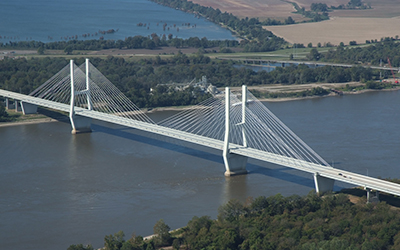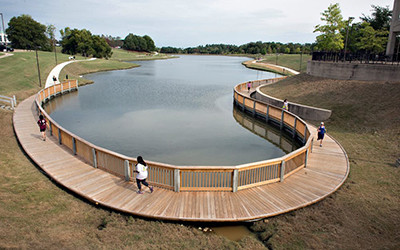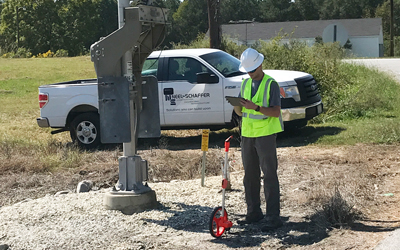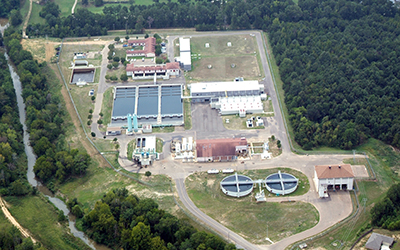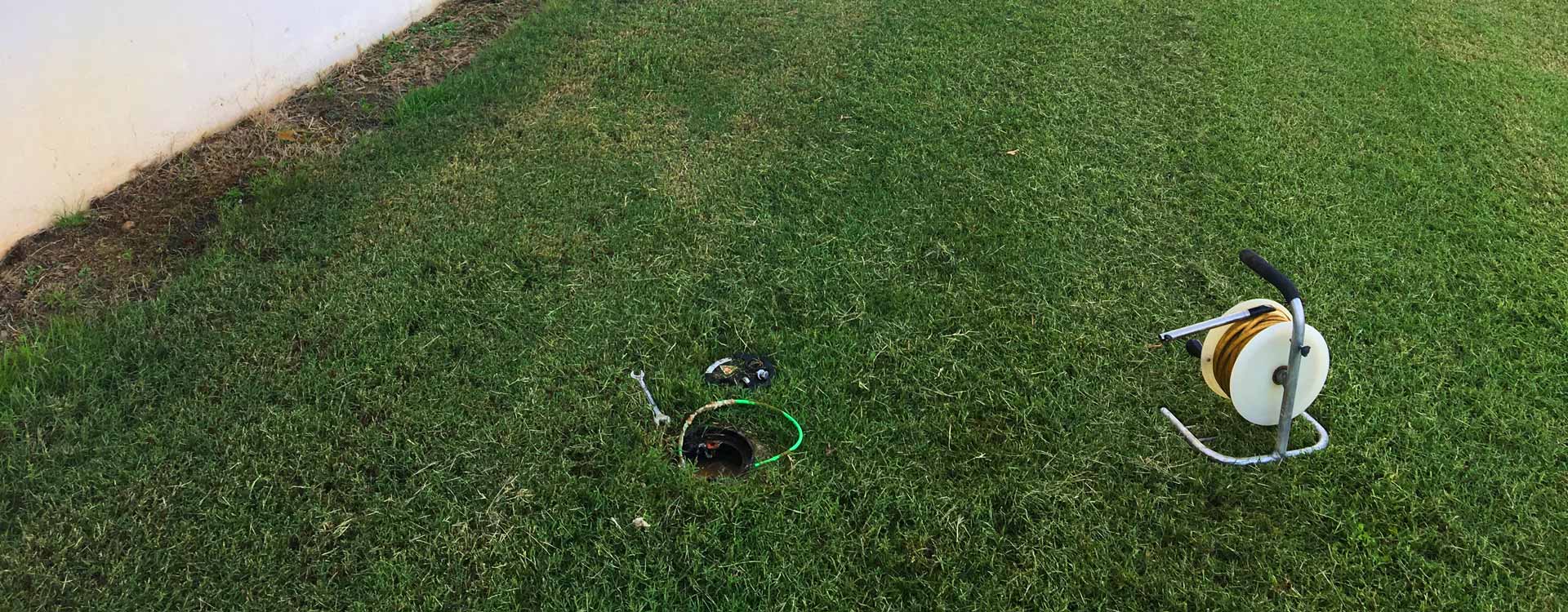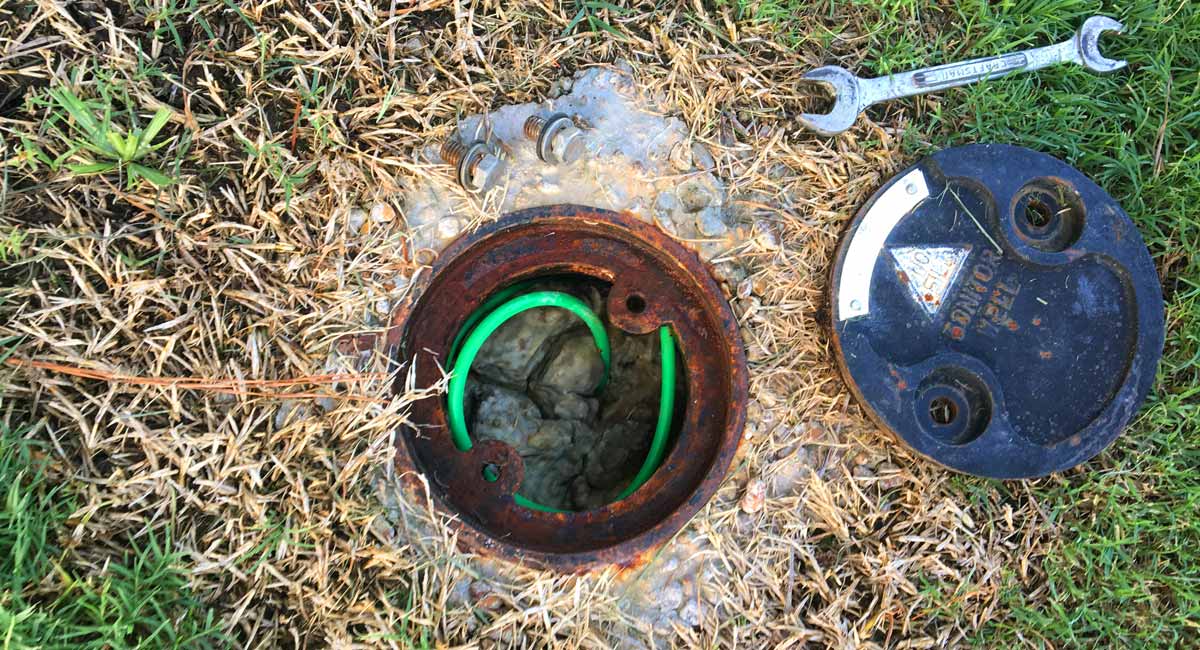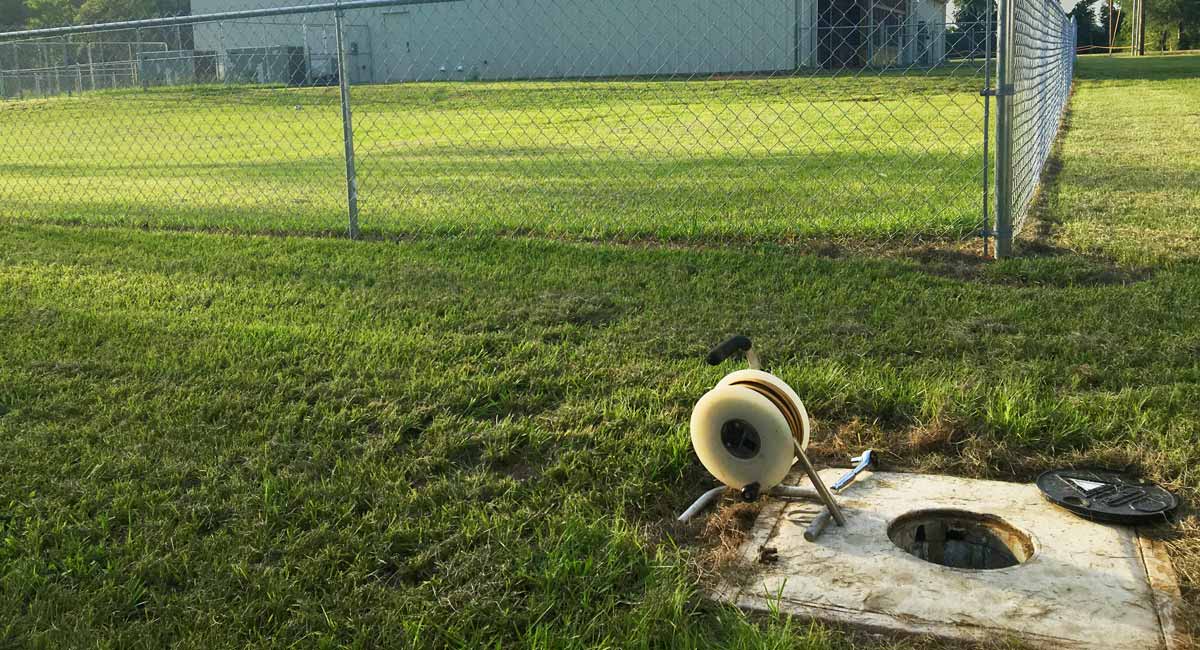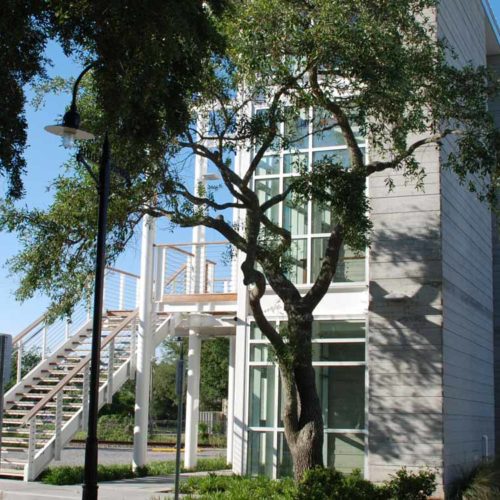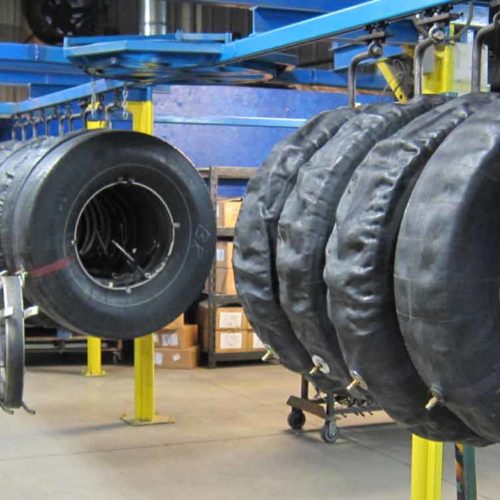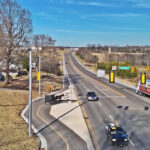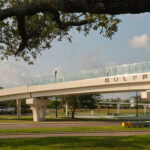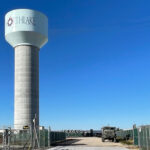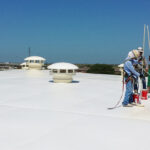WATER VALLEY, MS
Environmental Site Assessment reveals contaminants on site
Neel-Schaffer performed a Phase II Environmental Site Assessment that discovered trichloroethene (TCE) and another compound were present above MDEQ target remedial goals for groundwater contamination on the property of the Yalobusha General Hospital in Water Valley, MS.
Representatives of the hospital hired Neel-Schaffer to investigate the possibility that critical levels of environmental contaminants had spread from an adjacent industrial property onto the hospital grounds.
Neel-Schaffer’s Phase II ESA revealed the presence of cis-1,2-dichloroethene and TCE in two of four samples. The detected TCE concentrations exceeded the MDEQ target remedial goal of 0.005 milligrams per liter (mg/L) for TCE in groundwater. However, the detected cis-1,2-dichloroethene concentrations did not exceed the MDEQ target remedial of 0.070 mg/L for is-1,2-dichlorothene in groundwater.
Neel-Schaffer’s geotechnical investigation and analysis determined actionable levels of TCE were present, and gave the client valuable information needed to protect its interests going forward.
The property encompasses approximately 45 acres and is developed as the Yalobusha General Hospital and Cotten Candy Kids day care. It was previously determined that 25 acres of the subject property were impacted by a TCE groundwater plume originating from a nearby source. NSI documented the status of the TCE groundwater plume on the Yalobusha General Hospital property by sampling and analyzing groundwater samples from existing groundwater monitor wells. NSI identified four groundwater monitor wells that were installed and developed by others, and an investigation to determine if these wells were properly constructed was beyond the scope of this assessment.
As each monitor well was purged, the pH,temperature, conductivity, dissolved oxygen, and turbidity of the purge water were monitored, and groundwater samples were collected in laboratory-provided containers, preserved on ice in an ice chest, and shipped to a testing lab.
The groundwater samples were analyzed for volatile organic compounds, which were reported as not detected at the report limit, except for cis-1,2-dichlorethene and TCE detected in two monitor wells. The purge water sample collected from the drum was analyzed for flashpoint, pH, and VOC in accordance with the Toxicity Characteristic Leaching Procedure. The laboratory analyses indicated that the purge water is not a characteristic hazardous waste according to RCRA regulations. However, consultation with Waste Management indicated that the purge water is a listed RCRA hazardous waste.
Neel-Schaffer’s geotechnical investigation and analysis determined actionable levels of TCE were present, and gave the client valuable information needed to protect its interests going forward.

